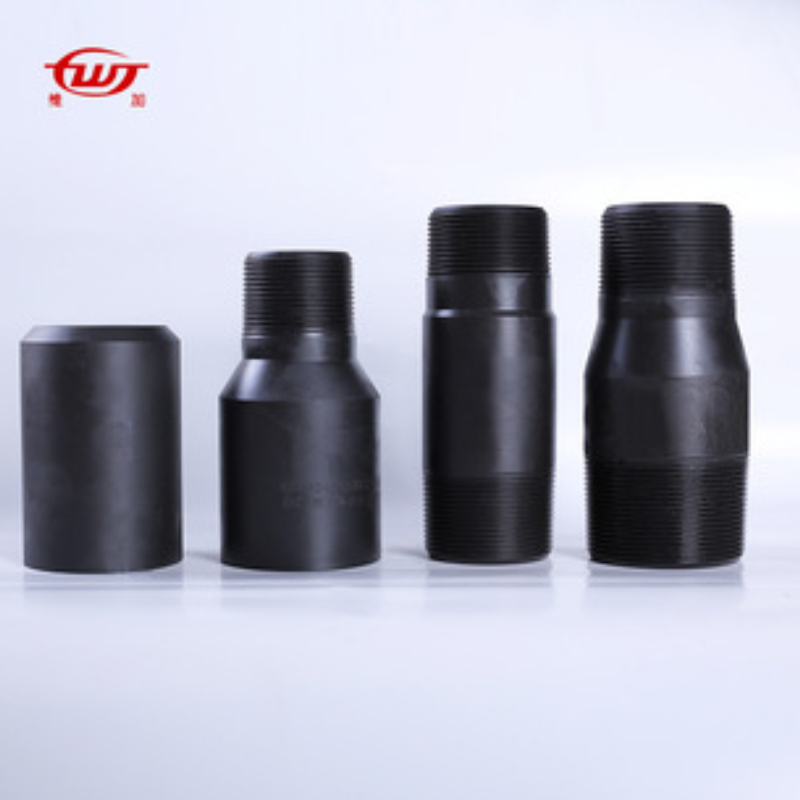- Afrikaans
- Albanian
- Amharic
- Arabic
- Armenian
- Azerbaijani
- Basque
- Belarusian
- Bengali
- Bosnian
- Bulgarian
- Catalan
- Cebuano
- Corsican
- Croatian
- Czech
- Danish
- Dutch
- English
- Esperanto
- Estonian
- Finnish
- French
- Frisian
- Galician
- Georgian
- German
- Greek
- Gujarati
- Haitian Creole
- hausa
- hawaiian
- Hebrew
- Hindi
- Miao
- Hungarian
- Icelandic
- igbo
- Indonesian
- irish
- Italian
- Japanese
- Javanese
- Kannada
- kazakh
- Khmer
- Rwandese
- Korean
- Kurdish
- Kyrgyz
- Lao
- Latin
- Latvian
- Lithuanian
- Luxembourgish
- Macedonian
- Malgashi
- Malay
- Malayalam
- Maltese
- Maori
- Marathi
- Mongolian
- Myanmar
- Nepali
- Norwegian
- Norwegian
- Occitan
- Pashto
- Persian
- Polish
- Portuguese
- Punjabi
- Romanian
- Russian
- Samoan
- Scottish Gaelic
- Serbian
- Sesotho
- Shona
- Sindhi
- Sinhala
- Slovak
- Slovenian
- Somali
- Spanish
- Sundanese
- Swahili
- Swedish
- Tagalog
- Tajik
- Tamil
- Tatar
- Telugu
- Thai
- Turkish
- Turkmen
- Ukrainian
- Urdu
- Uighur
- Uzbek
- Vietnamese
- Welsh
- Bantu
- Yiddish
- Yoruba
- Zulu
Understanding Tubing and Casing Specifications for Oil and Gas Production Applications in API Standards
Understanding API Tubing and Casing A Comprehensive Overview
The oil and gas industry employs various standards and specifications to ensure the safety, reliability, and efficiency of its operations. One such essential standard is the American Petroleum Institute (API) tubing and casing specifications, which are pivotal in the drilling and completion processes of oil and gas wells.
API tubing and casing serve distinct functions in the wellbore structure. Casing is a series of steel pipes that are inserted into a borehole to provide structural integrity and prevent the walls from collapsing. It also isolates various groundwater layers, preventing contamination. On the other hand, tubing is a smaller-diameter pipe that conveys the produced fluids from the reservoir to the surface. Understanding the distinctions between these two is crucial for engineers and production teams working in the field.
Understanding API Tubing and Casing A Comprehensive Overview
One of the critical aspects of API tubing and casing charts is their graded specifications, which range from J55 to P110 for casing, and from H40 to J55 for tubing. These grades indicate the strength and performance characteristics of the steel used. Higher-grade materials are typically employed in harsher environments with elevated pressures to ensure operational safety and longevity. For instance, P110 is among the highest grades, offering enhanced performance ideal for deep wells or environments with aggressive fluids.
api tubing and casing chart

Moreover, the API tubing and casing chart also includes information on external and internal diameters and wall thickness. The dimensions are vital for providing proper fit and stability within the drilled hole. A correct diameter ensures that the casing can support the geological formations while allowing for an effective flow of fluids through the tubing.
Another critical element in the usage of API tubing and casing is the method of connecting the pipes, commonly done through threaded connections or welded joints. The integrity of these connections is paramount in maintaining pressure control and preventing leaks, thus safeguarding both equipment and personnel.
Selecting the appropriate API tubing and casing requires not only adherence to the specifications detailed in the API charts but also an understanding of the specific field conditions, such as temperature, pressure, and chemical composition of the wellbore fluids. Engineers must also consider factors such as production rates and the potential for corrosion, as these will influence their choice of materials and configurations.
In conclusion, the API tubing and casing standards are critical components of oil and gas operations, influencing safety, efficiency, and environmental protection. By adhering to these rigorous specifications, companies can ensure the structural integrity of their wells, optimize production, and mitigate risks associated with drilling. As the industry continues to evolve, the importance of these standards remains, underpinning the very foundation of successful and sustainable oil and gas extraction. Understanding and implementing these API requirements is fundamental for engineers and stakeholders invested in the energy sector.
-
Well Casing Extension Couplings – Applications and InstallationNewsJun.06,2025
-
Types of Crossover Subs in Drilling & CompletionNewsJun.06,2025
-
Key Features of High-Quality Tubing Pup JointsNewsJun.06,2025
-
Installation and Maintenance Tips for Steel Couplings for PipeNewsJun.06,2025
-
How to Select the Right Pup Joint for Oil & Gas OperationsNewsJun.06,2025
-
Applications of Stainless Steel Pipe CouplingsNewsJun.06,2025







